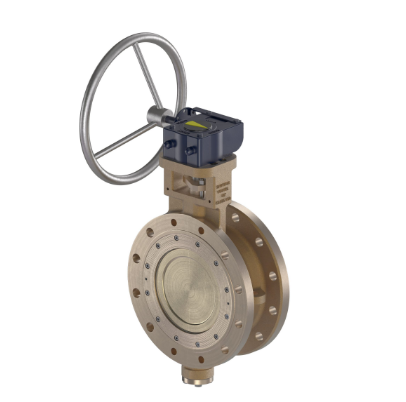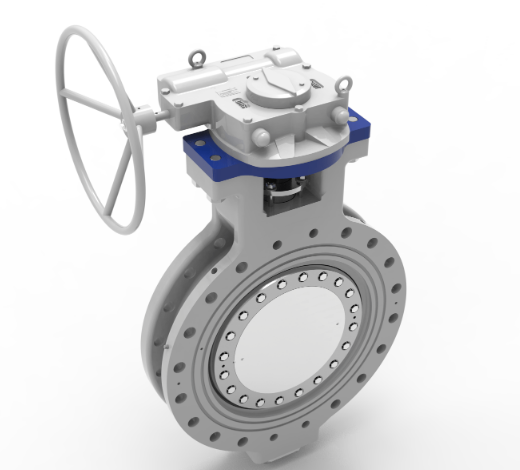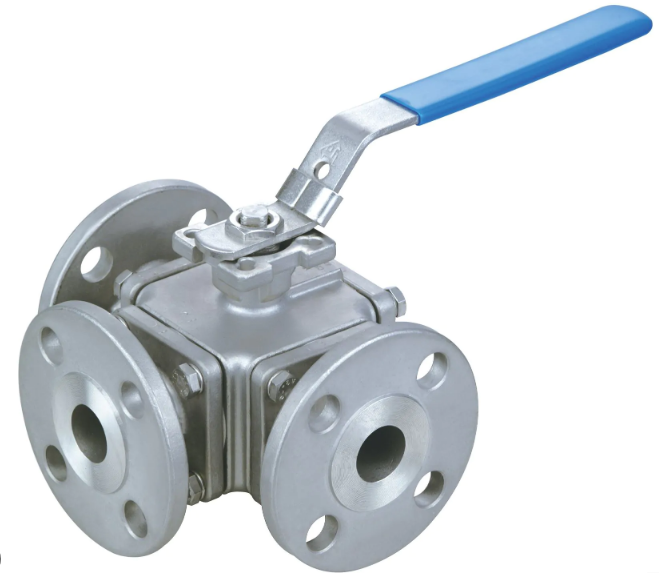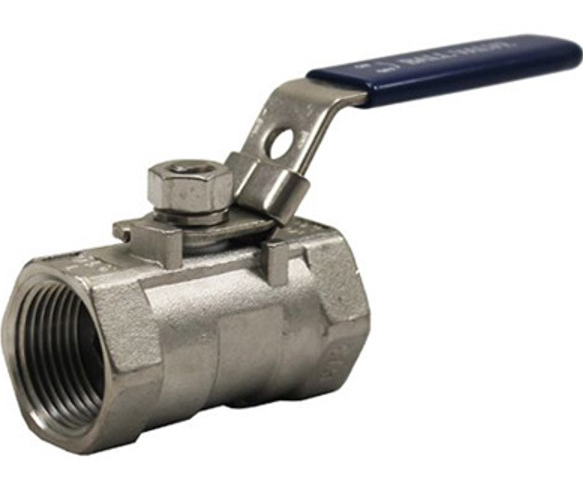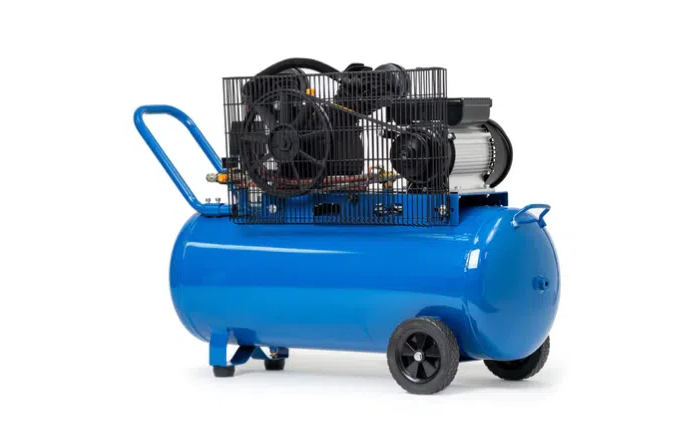Introduction
When it comes to industrial automation and valve control, two of the most common actuator types are electric actuators and pneumatic actuators. Choosing between them is a critical decision that impacts system performance, cost, maintenance, and reliability.
In this guide, we will explore electric vs pneumatic actuators in detail — their working principles, pros and cons, applications, and selection factors — so you can make an informed choice.
What is an Actuator?
An actuator is a device that converts energy into mechanical motion to operate valves, dampers, or other equipment. The primary difference between electric and pneumatic actuators lies in the energy source:
-
Electric actuators use electrical power to produce motion.
-
Pneumatic actuators use compressed air to produce motion.
Working Principle
Electric Actuator
-
Powered by an electric motor that drives gears or screws to produce linear or rotary motion.
-
Motion is precise and controllable through electrical signals.
-
Suitable for fine positioning and automated control systems.
Pneumatic Actuator
-
Powered by compressed air entering a chamber to move a piston or vane.
-
Motion can be linear or rotary, depending on the design.
-
Offers fast and powerful actuation, especially for frequent cycling.
Electric vs Pneumatic Actuator: Key Differences
| Feature / Aspect | Electric Actuator | Pneumatic Actuator |
|---|---|---|
| Power Source | Electricity | Compressed air |
| Motion Type | Linear or rotary | Linear or rotary |
| Speed | Moderate | Very fast |
| Precision Control | Excellent (servo or stepper control) | Limited (requires additional control systems) |
| Force/Torque Output | Moderate to high | Very high for size and weight |
| Installation Complexity | Requires electrical wiring | Requires air compressor & piping |
| Operating Cost | Low after installation | Dependent on compressed air cost |
| Maintenance | Low | Low to moderate (seal and air line checks) |
| Suitability for Hazardous Areas | Limited (requires explosion-proof models) | Excellent (no electrical sparks) |
| Environment Resistance | Sensitive to moisture/dust without sealing | Highly resistant to dust, moisture, chemicals |
Advantages of Electric Actuators
-
High precision control for positioning tasks
-
Easy integration with digital control systems
-
No need for a compressed air system
-
Low noise operation
-
Suitable for slow or gradual movements
Advantages of Pneumatic Actuators
-
Extremely fast open/close cycles
-
High power-to-weight ratio
-
Safe for explosive or flammable environments
-
Robust in extreme conditions (dust, moisture, temperature)
-
Cost-effective for multiple valve automation
Applications
Electric Actuators
-
HVAC control systems
-
Precision manufacturing
-
Laboratory automation
-
Solar tracking systems
-
Motorized valves in clean environments
Pneumatic Actuators
-
Oil & gas pipeline valves
-
Water treatment plant gates
-
Chemical processing
-
Food and beverage production
-
Heavy-duty industrial automation
Which One Should You Choose?
When deciding between electric vs pneumatic actuators, consider:
-
Speed Requirements → Pneumatic is faster.
-
Precision Needs → Electric offers better control.
-
Environment → Pneumatic is better for hazardous zones.
-
Existing Infrastructure → Choose pneumatic if you already have a compressed air system.
-
Operating Cost → Electric has lower ongoing costs if air supply is not readily available.
Conclusion
The electric vs pneumatic actuator decision depends on your application’s speed, precision, environment, and cost considerations.
-
Choose electric when you need precise, slow, and controlled movement with minimal maintenance.
-
Choose pneumatic when you need fast, powerful, and rugged operation, especially in hazardous or harsh conditions.
If you want to learn more about low-priced products, please visit the following website: www.xm-valveactuator.com







